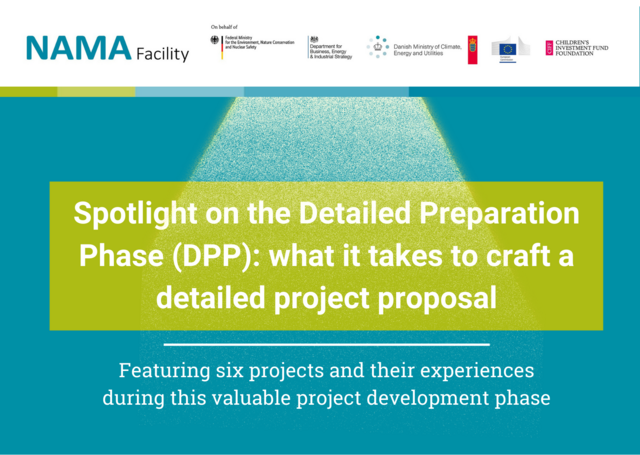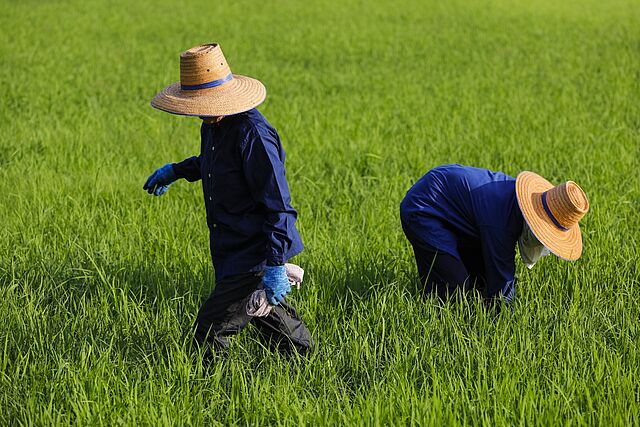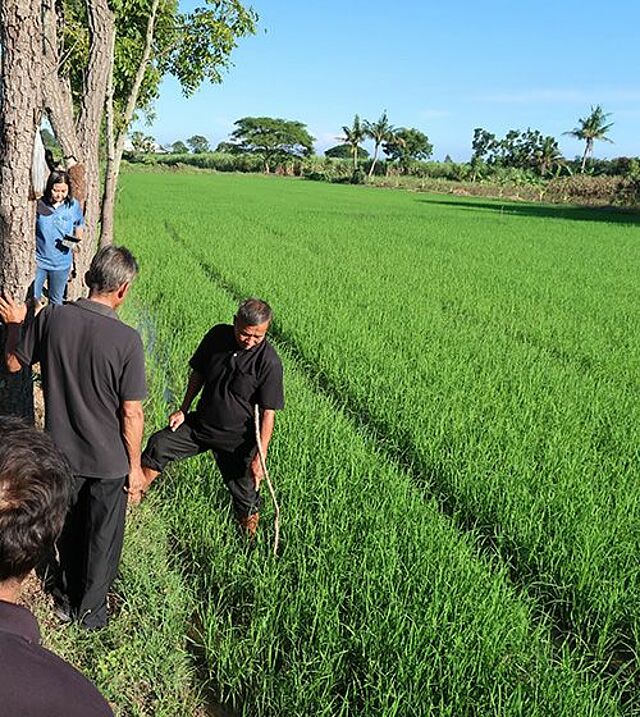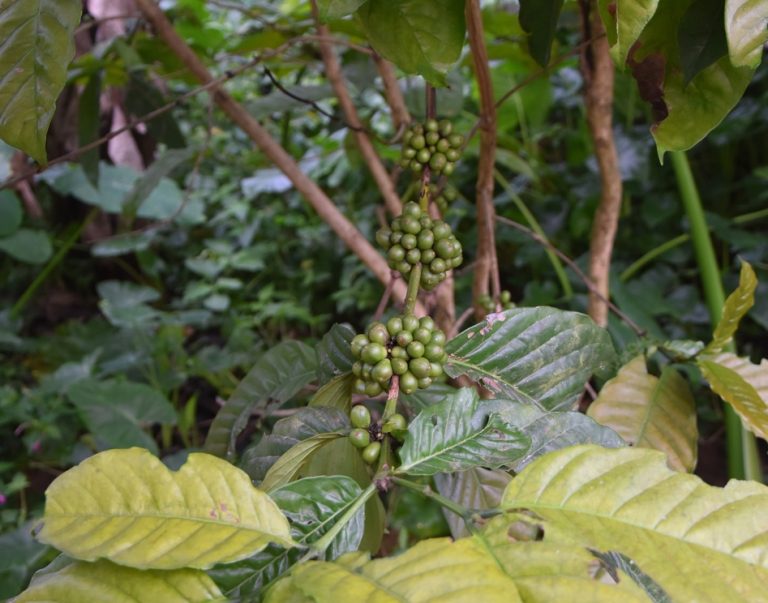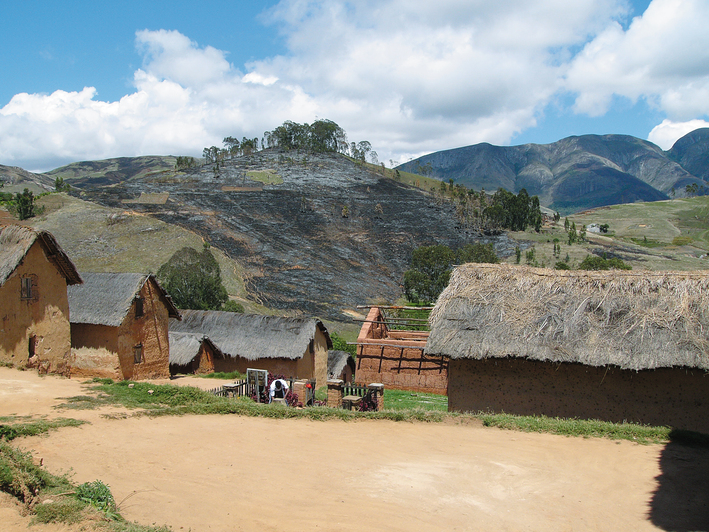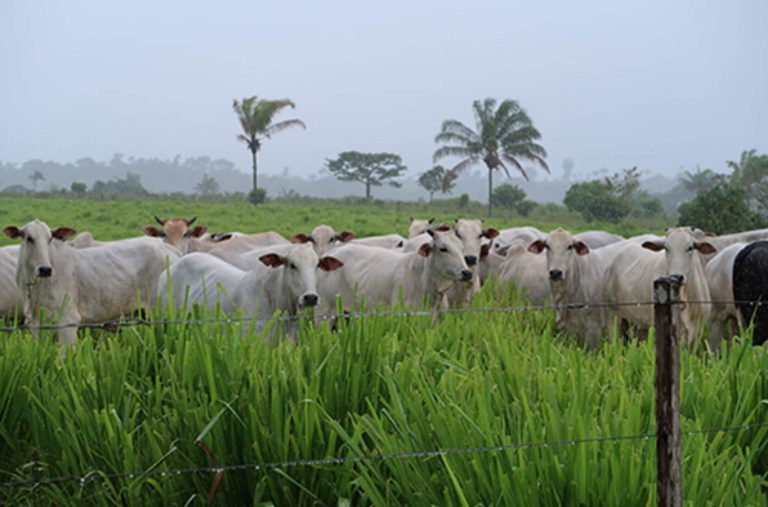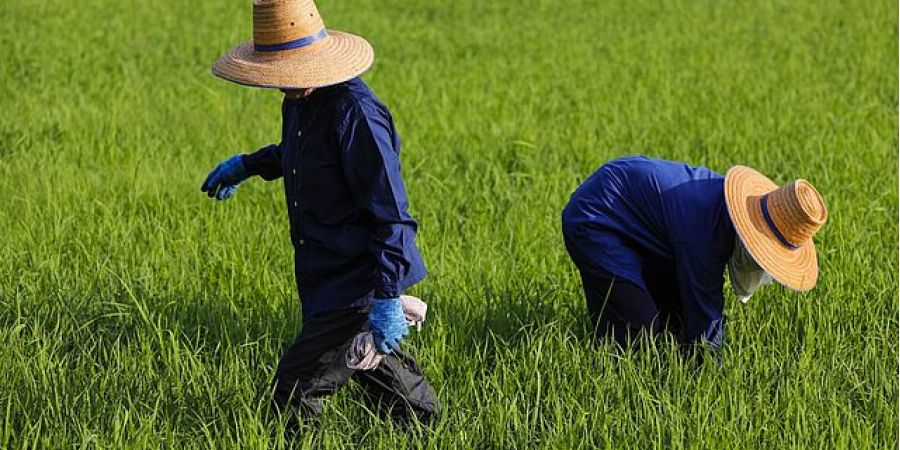
Background: Agriculture is the second largest greenhouse gas (GHG) emitting sector in Thailand and is also highly vulnerable to adverse climate change effects. The Thai rice sector is not only responsible for almost 60 per cent of Thailand’s emissions from agricultural activities but is also the world’s fourth largest emitter of rice-related GHGs – mainly methane.
The Sustainable Rice Platform (SRP), a multi-stakeholder platform convened by United Nations Environment Programme (UNEP), and the international Rice Research Institute created a voluntary standard and successfully pilot tested it to produce sustainable rice. This SRP Standard provides a framework for enhanced farming practices, leading to higher net profits, increased yields, enhanced food safety and lower GHG emissions. In irrigated rice cultivation, switching from conventional farming practices to Alternate Wetting and Drying (AWD) on laser land-levelled fields can significantly reduce methane emissions.
Approach to Transformational Change: The project “Thailand – Low-Emission Rice (‘Thai Rice’)” attempts to enable a shift towards low-emission rice production in Thailand through a combination of three core components: 1) enabling farmers to implement low-emission rice farming, 2) supporting entrepreneurs in providing mitigation services (i.e. land laser levelling) and 3) supporting policy formulation and measures promoting low-emission rice production at the national political level (i.e. the development of the “Good Agricultural Practices” – GAP ++ Standard). The project targets 100,000 farming households and 420 agricultural mitigation service providers in six relevant provinces in the Central Plains of Thailand. The project works with farmers and farmers’ associations as well as external service providers in adapting advanced farming practices and developing respective incentive schemes, including financial support.
The financial mechanism is based on concessional loans and a subsidy element provided for service providers and grant subsidy element for farmers. The project expects to generate additional EUR 21.5 million direct financial investments from the private sector for the implementation of innovative financial incentives. The Royal Thai Government currently earmarks at least another EUR 25 million annually for agriculture- and mitigation-related areas.
Mitigation potential: The switch to low-emission cultivation of rice is estimated to have a potential of avoiding emissions of 2.2 Mt CO2e cumulatively over the 5-year lifespan of the project with increasing annual mitigation potential, reducing baseline emissions from irrigated rice by more than 26 per cent.
Visit the Thai-German Cooperation webpage to learn more about the project.


